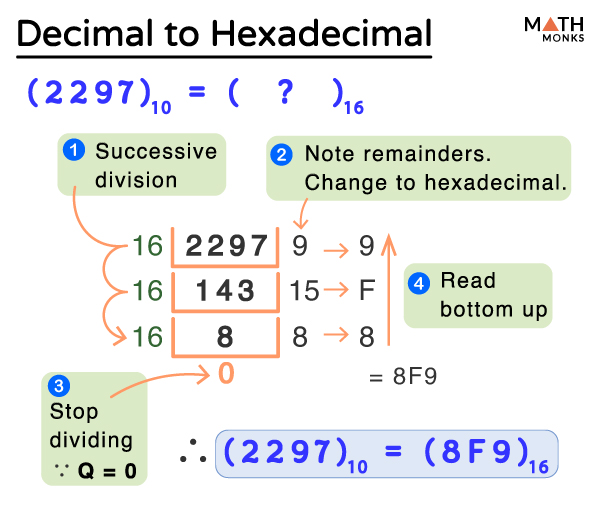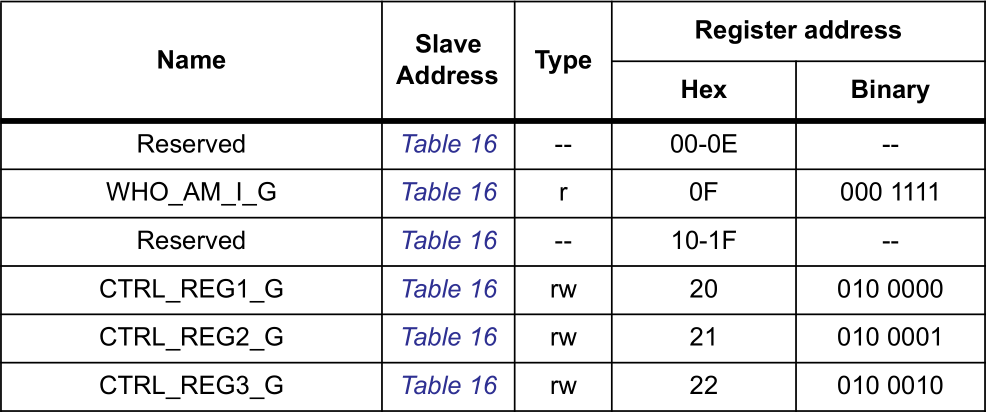hexadecimal conversion calculator
Hexadecimal Conversion Calculator: Your Ultimate Guide
Want to unlock the secrets of hexadecimal? This detailed guide is your key to understanding and converting numbers between our familiar base–10 system (decimal) and the base-16 system (hexadecimal)! We'll explore the whys, hows, and even a bit of the fascinating history.
What is Hexadecimal?

Source: redd.it
Hexadecimal, often shortened to "hex," is a number system that uses 16 symbols (0-9 and A-F). This seems odd, right? (That’s why you need a good explanation). Each symbol stands for a unique combination of digits or 'positions'. Imagine like how we have a "tens" place, "hundreds" place, etc. in our regular numbers! Hex uses different base-16 positions.
Key Features of Hexadecimal
- Base-16 number system.
- Uses symbols 0-9 and A-F (A represents 10, B represents 11, and so on).
- Convenient for representing computer data.
Why Use Hexadecimal?
In the digital world, representing information (pictures, videos, codes, etc.) with binary numbers would become long and tiring for our tiny digital devices to work with. So, a more efficient and compact representation becomes necessary, that's where hexadecimal steps in! (it just makes our computing tasks more accessible, imagine).
Applications of Hexadecimal in Everyday Life
You might not consciously interact with hexadecimal every day, but it underpins various aspects of modern tech:
- Computer Programming: A quick way to write values in programming languages. (Hex helps software work quickly and precisely).
- Digital Graphics: Often used to depict colors on a computer screen, you're doing it, or you might know that the computer does it without knowing why!
- Network Addresses: Used to assign unique addresses in computer networks.
Decimal to Hexadecimal Conversion: Step-by-Step
Let's convert the decimal number 255 to its hexadecimal equivalent!
Step 1: Division!
Divide 255 by 16 repeatedly until your answer (the quotient) is less than 16.
- 255 / 16 = 15 remainder 15
- 15 / 16 = 0 remainder 15
Step 2: Reading the remainders in reverse order!
Read your remainders (in this case, it is both 15, meaning 15 in the position 1 and 15 in the 16 position) from last-first order (remember that rule!), (bottom-up as your book teaches.)
Our result is 'FF'!

Source: mathmonks.com
A helpful table!
<table>
Now you have seen the quick way to see it, can you now try another one? Try changing your mind!

Source: sparkfun.com
Hexadecimal to Decimal Conversion:
Want to know what the hexadecimal value of "A1" is? It's pretty straight-forward. Let's crack this.
Step 1: Find the power values of 16, like, power position!
Starting from the right-most digit (your starting number 1 in this example): multiply your position value of 16 to the position by power, or "place value," in this example this is 1. 16 to the power 0 = 1 (remember that). For the value 'A' this place value would be the left value from this current digit we're examining 1: 16 to the power of 1. Now you know how to proceed!
Step 2: Calculate (multiply each of your power/place value by the number in this position!)
Calculate (A in this case is a 10, like the position in normal count!) for 'A' in your conversion is: 10 * 16^1 = 160
Calculate (your starting digit): 1 * 16^0 = 1
Step 3: Add all your results
Finally, sum up your calculated values: 160 + 1= 161. (160 from 'A', and 1 from your "one"). You have successfully completed the transformation. Easy, right?
Frequently Asked Questions (FAQs)

Source: cloudfront.net
Q: Why are hexadecimal and binary important?
A: (That's because hex, with base 16, provides a compact representation of binary, and both have a direct use in computers' languages, to write and read programs effectively). (Just a super simple thing.)
Q: Are there any tools available for hexadecimal conversions?
A: Absolutely, there are countless online calculators (try your search engine for Hex Calculator).
Practical Examples for Extra Clarity
Example 1:
Convert the decimal number 100 to its hexadecimal equivalent.
(Hint: keep using the method we mentioned in the conversion steps.) Your Answer? 64
Example 2:
Convert the hexadecimal number "FF" to its decimal equivalent.
Hint: keep going the steps as I shown to you! Answer: 255!
Now let's challenge your skills to test!
Example 3 (Advanced)
Why is Hexadecimal an ideal choice for working with colors in computer graphics?
Answer:
(its straightforward to work with) It saves your device resources!
Conclusion:
Mastering hexadecimal is like getting a superpower! (I tell you this because you know it! Don't worry I was so stuck before I was shown some simple examples like these!). Understanding and applying hexadecimal conversions lets us manage and work with binary in more sophisticated and readable ways. Use these examples as models in your process to solidify the ideas you learned today, so that the more practice you get, the easier this gets to remember, in the form of experience! Now you know, if you want help, you can always search "How to Convert Hexadecimal to Decimal," this keyword will make a tool and examples you want to view available easily. Go and convert the rest by yourself now!


